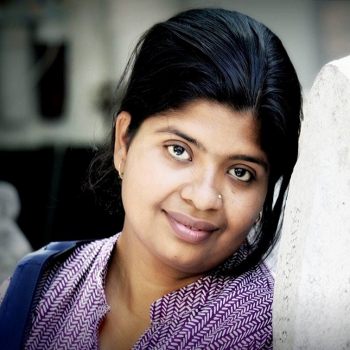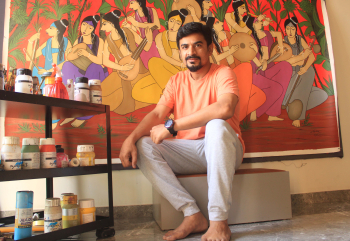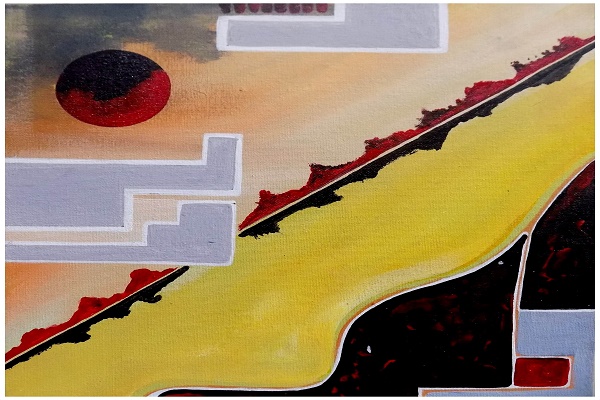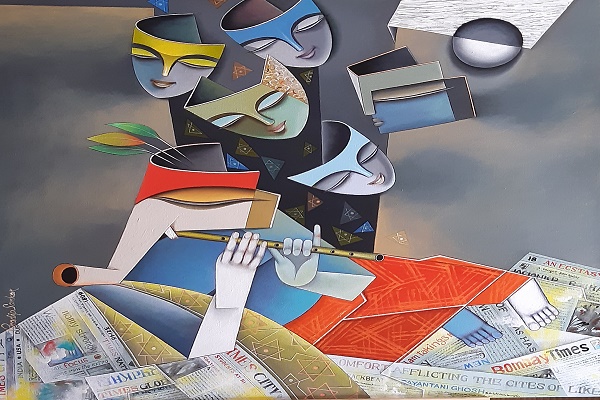
Few trends in art history have had as deep an influence on contemporary art as abstract paintings. Abstract art arose as a dramatic break from traditional representational approaches, calling into question the idea that art should reflect reality. This blog explores the origins, characteristics, and enduring influence of abstract paintings on the evolution of modern art.
The Origins of Abstract Paintings
Abstract art originated in the early twentieth century when artists began to examine the limits of creative expression. Wassily Kandinsky, a Russian painter famed for pioneering works such as "Composition VII," pioneered abstraction. Kandinsky believed that colors and shapes could evoke emotions directly, liberating art from the constraints of representation.
Another influential figure in the abstract movement was Kazimir Malevich, who introduced "Suprematism," a style characterized by geometric shapes and focused on pure artistic expression. Malevich's iconic painting "Black Square" is considered a seminal work in abstract art history.

Characteristics of Abstract Paintings
a) Non-representational Expression:
Abstract paintings, by definition, lack recognizable subject matter. Instead, they use colors, lines, shapes, and forms to communicate emotions and ideas. This departure from realistic representation allowed artists to explore the depths of their imagination and inner worlds.
b) Emphasis on Form and Composition:
In abstract paintings, the arrangement of elements becomes pivotal. Artists carefully consider the interplay of colors, lines, and shapes to create a harmonious or contrasting composition, stimulating the viewer's perception and emotions.
c) Freedom of Interpretation:
Unlike figurative art, abstract paintings encourage individual interpretation. Each viewer can uniquely experience the artwork, finding personal meaning in the artist's brushstrokes and visual language.
Expressive Use of Color: Color is a fundamental aspect of abstract art, used to evoke emotions and create moods. Artists employ bold, vibrant hues to convey energy and intensity or soft, muted tones to evoke tranquility and introspection. The choice and combination of colors can hold personal and symbolic significance.
Gestural Brushwork and Texture: Many abstract artists utilize gestural brushwork and textured surfaces to add depth and visual interest to their creations. Visible brushstrokes and layers of paint create a sense of spontaneity and dynamism, making the artwork come alive with movement and energy.
Abstraction of Realistic Forms: Some abstract paintings may begin with representational subjects that gradually evolve into abstract forms. Artists may take a recognizable figure or scene and then distort, simplify, or break it into abstract shapes and patterns, blurring the line between realism and abstraction.
Subjective Interpretation: Abstract paintings encourage subjective interpretation, allowing each viewer to find their unique emotional connection and meaning in the artwork. The lack of explicit subject matter allows for open-ended engagement, inviting the audience to freely explore their emotions, thoughts, and associations.
Expressing Inner Emotions and Thoughts: Abstract art often serves as a medium for artists to express their inner emotions, thoughts, and subconscious experiences. Through abstraction, artists can communicate complex ideas and tap into the depths of human experiences, creating a powerful and intimate connection with the audience. The characteristics of abstract paintings align well with buying art online.
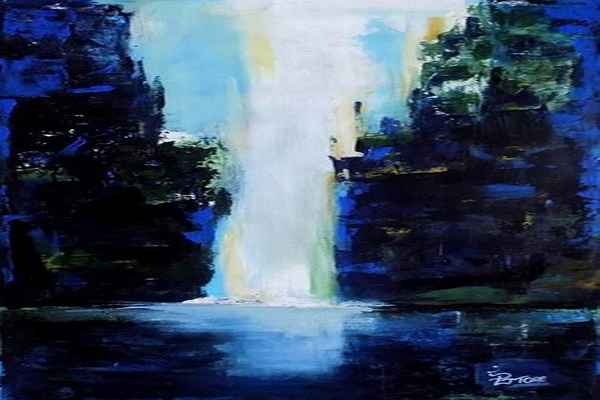
The Evolution of Modern Art Through Abstract Paintings
a) Shifting the Paradigm
The emergence of abstract paintings shattered the long-standing conventions of art. It liberated artists from the need to depict the tangible world and opened up a new realm of experimentation. This paradigm shift laid the groundwork for the various art movements that followed.
b) Influence on Cubism
Abstract paintings significantly influenced the development of Cubism, a revolutionary movement pioneered by Pablo Picasso and Georges Braque. Cubism, characterized by fragmented forms and multiple perspectives, borrowed concepts from abstraction to push the boundaries of representation further.
c) Abstraction and Surrealism
Surrealist painters like Salvador Dali and René Magritte blended abstract elements into dreamy and subliminal images. Surrealists used abstract paintings to investigate the depths of the human mind and the unconscious realm.
Abstract Expressionism and its Impact
In the mid-twentieth century, Abstract Expressionism developed as an important trend, exhibiting the possibilities of abstract paintings in modern art. Several popular artists, such as Willem de Kooning, Jackson Pollock, and Mark Rothko, used abstract expressionism to produce large-scale, emotionally charged works.
a) Action Painting: Jackson Pollock's "drip paintings'' showcased a new technique called "action painting." With seemingly chaotic gestures, he dropped, poured, and splattered paint onto canvases, evoking a sense of energy and emotion that resonated with viewers on a visceral level.
b) Color Field Painting: Mark Rothko, a leading figure in the color field movement, created expansive canvases with large, floating color blocks. His paintings enveloped viewers, inviting them to immerse themselves in the emotional depth of the colors, triggering contemplation and introspection.
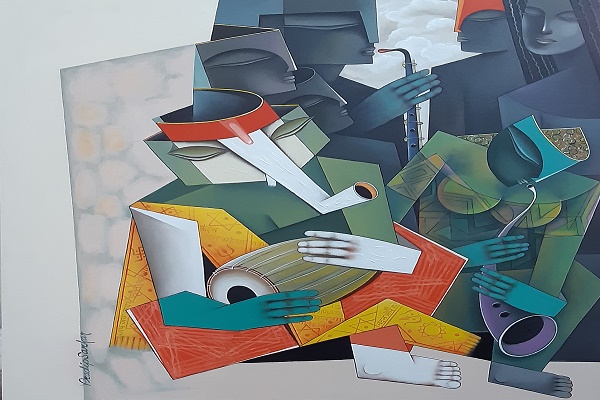
Abstract Paintings and Contemporary Art
a) Influence on Minimalism: The minimalist movement, which emerged in the 1960s, embraced the simplicity and reduction of form found in abstract art. Artists like Donald Judd and Agnes Martin focused on elemental shapes and geometric precision, exploring the aesthetic impact of pure forms.
b) Fusion of Abstraction and Realism: Some contemporary artists have blended abstract elements with symbolic imagery, blurring the boundaries between abstraction and realism. This fusion allows for a rich, multi-layered visual experience that challenges viewers' perceptions.
Abstract Paintings and Contemporary Art are two significant and interconnected aspects of the art world, each with distinct characteristics and contributions to the ever-evolving landscape of creativity. Buying art online is the best way to decorate your space.
Abstract Paintings:
Abstract paintings are a genre of art that breaks away from traditional representation and realistic depictions. Instead of portraying recognizable objects or figures, abstract artists focus on expressing emotions, ideas, or concepts through colors, shapes, lines, and forms. These artworks often emphasize pure abstraction, encouraging viewers to interpret the art subjectively and emotionally.
To produce a sense of spontaneity and fluidity in abstract paintings, the artist may use numerous methods such as gestural brushwork, dripping, or layering. The purpose is to elicit emotions and encourage cognition, transcending the physical world to access the subconscious and spiritual worlds.
Abstract art became popular in the early twentieth century, thanks to painters such as Wassily Kandinsky, Kazimir Malevich, and Piet Mondrian. Abstract paintings have evolved since then, with painters from all times and countries blending their techniques and interpretations into this engaging genre.
Contemporary Art:
Contemporary art refers to the art produced in the present time and represents the diverse range of artistic expressions seen today. It is a dynamic, ever-changing movement that defies strict definitions and encompasses various mediums, styles, and concepts.
Any creative style or tradition does not bind contemporary artists. Instead, they are inspired by previous creative movements while embracing new techniques and exploring new ideas. Thanks to its ongoing reinvention, contemporary art may reflect and respond to the complexity of modern life, including social, political, cultural, and technical influences.
Contemporary art is a flexible and inclusive realm that invites experimentation and challenges existing standards, ranging from classic mediums like painting and sculpture to digital art, installations, performance art, and conceptual pieces.
The extensive usage of abstract materials and themes in contemporary art demonstrates the connectivity between abstract art and current art. Many modern artists use abstraction in their work, blurring the distinctions between representational and non-representational art and enabling viewers to connect with art on a more personal and intimate level.
The Enduring Appeal of Abstract Paintings
The universality of Emotion: Abstract paintings resonate with audiences worldwide due to their ability to evoke universal emotions and connect on a deeply human level. Regardless of cultural or linguistic barriers, abstract art speaks a language of emotions, inviting viewers to reflect and respond.
Versatility in Interpretation: The interpretive nature of abstract paintings ensures their relevance across different eras and cultural contexts. They mirror our inner selves, inviting introspection and sparking meaningful conversations.
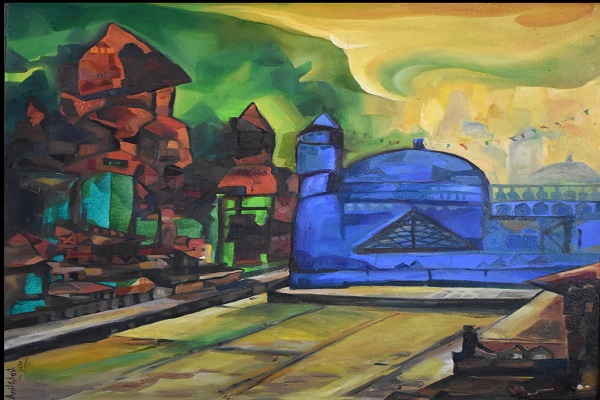
Conclusion
Abstract paintings have had an everlasting impact on the evolution of modern art. Abstract works continue to engage audiences and defy conventional aesthetic rules, from their revolutionary roots in the early 20th century to their lasting popularity in modern art.
Abstract paintings have transformed how we view, produce, and enjoy art in the modern world through their non-representational expression, emphasis on form, and universal appeal. If Abstract paintings influence you, but you don’t know where to collect the original ones, you can buy art online.













